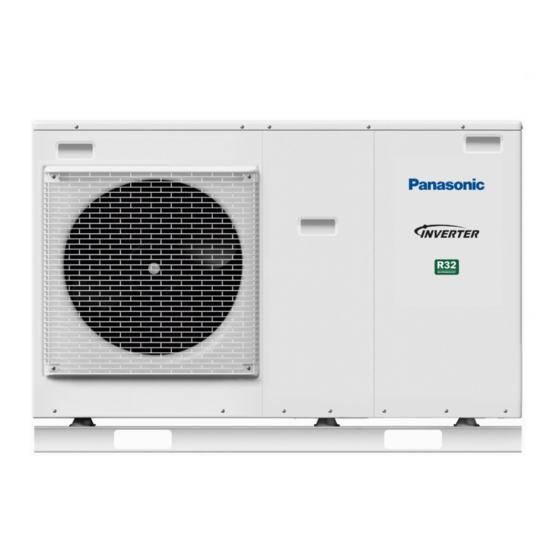Deleted User 298457
Deleted User 298457
The thing is, it just seems like such a dark art. I was actually intending to balance my rads just as COVID happened and those infrared thermometers went to crazy pricesJust a comment on the oversizing of rads, I scan read through and don't believe anyone has mentioned the fundimental ... balancing. Minimum rad size is important, maximum not so much. Bascially you need a rad sized at least big enough to heat the room, if its bigger than the recommended its no issue. The most important thing to do with the heating system is balance the radiators correctly. This is what ensures all rooms heat well and the return to the boiler is low so it condenses and runs efficiently. There are loads of guides across the internet but basically you have to start at the first rad on the circuit, with the thermostatic valve fully open (removed ideally) , adjust the lockshield until you get ~12 - 18°c drop across the flow and return pipe on the rad. Move along the rads in the heating circuit until you have done all of them. You'll be surpirsed how little the lockshield needs to be open on the first rads in the circuit, often only a quater of a turn from fully closed. So many people have no clue about this, they think having everything fully open will be better, but whats happening in the background is the first rad with a fully open lockshield is pushing very hot water straight back to the boiler preventing it condensing and also stealing heat from the rads further along the heating circuit.


I am interested in those autobalancing valves that @danlightbulb linked to. I can't get my head around how they work though!




